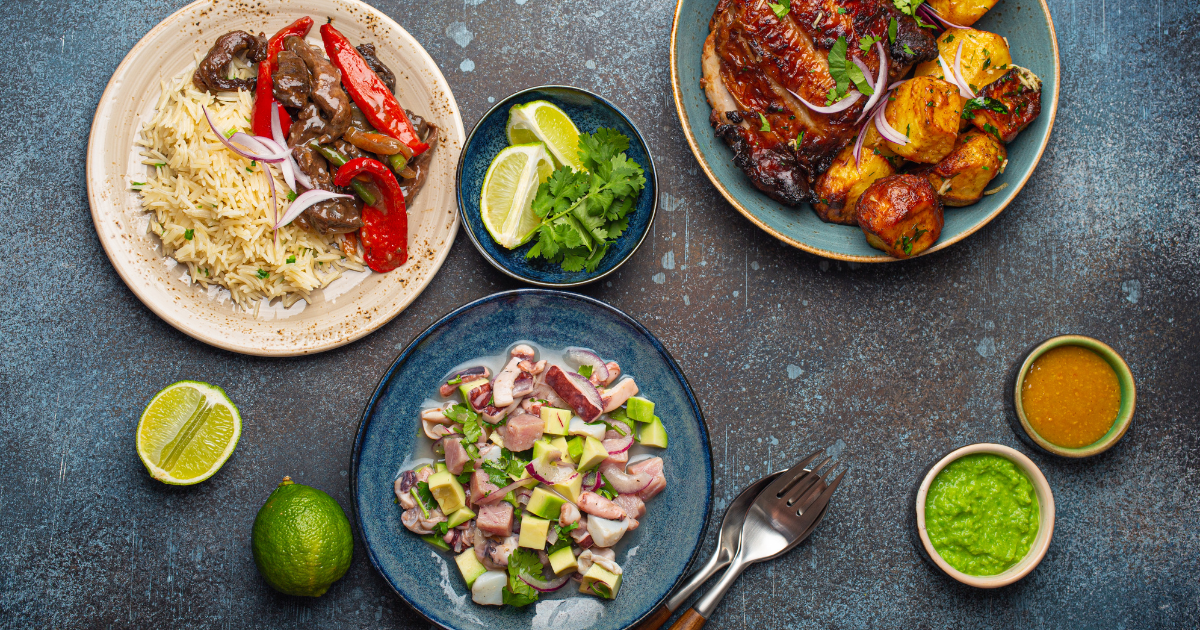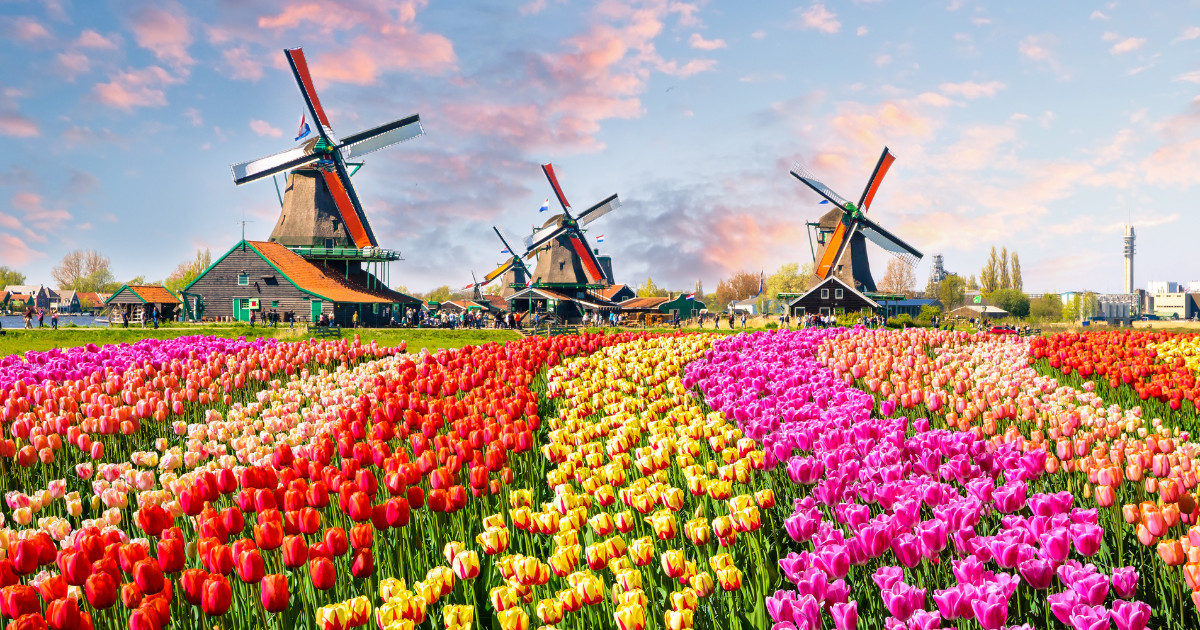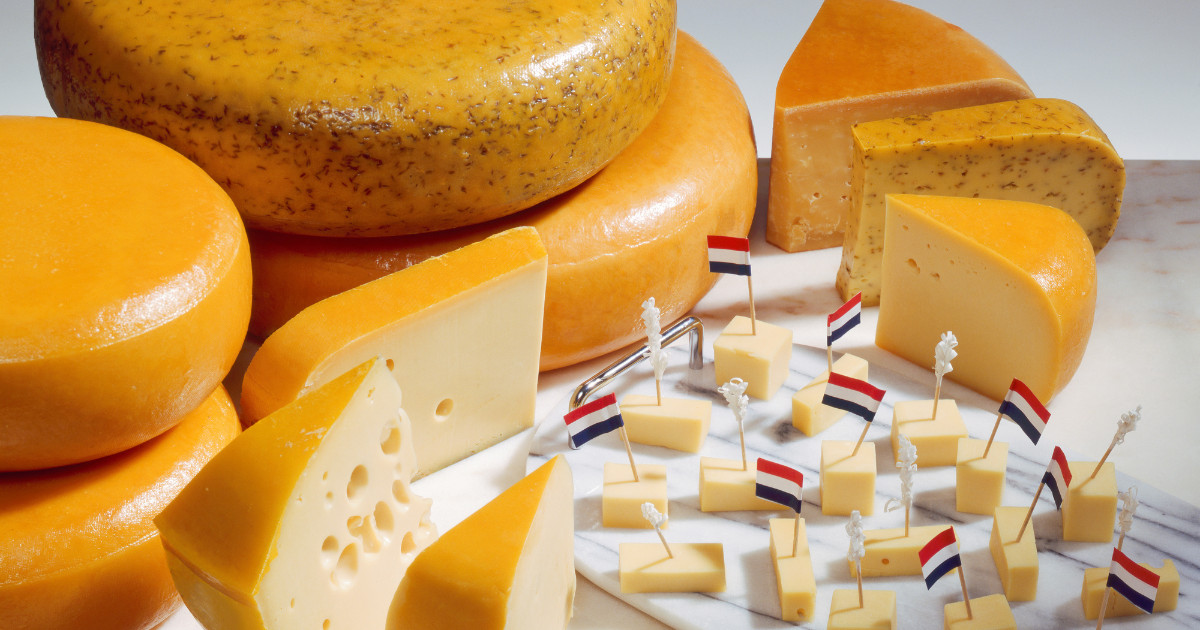Peruvian Cuisine: A Journey of Flavours
Peru is a land of fascinating contrasts, and its cuisine is no exception. From the coastal seafood delicacies to the hearty mountain dishes, Peruvian cuisine offers a wide variety of flavours and textures that are sure to tantalise your taste buds. I invite you to join me on a culinary odyssey through Peru as we explore some of the most famous dishes and the best places to enjoy them. Whether you’re a foodie or just looking to sample something new, this Peruvian cuisine tour will be a treat for your senses.
Lima: The Capital of Ceviche

Our journey starts in Lima, the capital city of Peru and a culinary hotspot. Lima is known for its seafood, and the star of its culinary show is undoubtedly ceviche – a dish made of raw fish marinated in citrus juices, chillies and onions. The acidity of the citrus ‘cooks’ the fish, resulting in a tangy and refreshing dish that is perfect for the hot coastal weather. The best ceviche in Lima is said to be found at Pescados Capitales, where you can enjoy this iconic dish alongside a pisco sour, Peru’s national cocktail.
As we delve deeper into the story of ceviche, we discover a dish with a rich history dating back nearly 2,000 years. It is believed that the ancient Moche civilisation, residing along the northern Peruvian coastline, was the first to savour this delicacy. They used fermented juice from local fruit to marinate their fish, a method that has evolved over the centuries but remains true to the principle of citrus-based ‘cooking.’ Renowned Peruvian chef Gastón Acurio has championed this gastronomic gem. His passion and creativity have helped bring ceviche—and, by extension, Peruvian cuisine—into the global spotlight. The key to a perfect ceviche lies in its fresh, local ingredients: seafood freshly hauled from the Pacific Ocean, the distinctive tang of Peruvian limes, and the subtle heat of aji amarillo, a native yellow chilli pepper. The best season to enjoy ceviche? Summer, undeniably. The coastal weather is hot, the fish are in abundant supply, and the dish becomes a refreshing counterpoint to the heat. The magic unfolds in Lima, a city that has embraced its culinary epicentre role, with ceviche as its crowning glory.
Cusco: The Ancient City of Pachamanca

Moving eastwards on our Peruvian cuisine tour, we come across Cusco, the ancient capital of the Incan Empire and now a bustling tourist town. Cusco is situated at a high altitude, making hearty and warming dishes a popular offering. One such dish is the pachamanca, created using a traditional Peruvian earth oven method that has been used for centuries. Meat, potatoes, and vegetables are placed in an underground pit lined with hot stones, and the residual heat slow-cooks the ingredients. Pachamanca is best enjoyed at local community festivals, where the dish is cooked and shared with the community.
The history of pachamanca is as rich as its flavours, dating back to the time of the Incas. The term “pachamanca”, derived from Quechua, means “earth pot”, an apt description of the cooking method used. The local Quechua communities have been the custodians of this ancient culinary tradition, passing it down through generations. Pachamanca is a celebration of the bounty of the Andean land, combining marinated meats (typically lamb or pork), native potatoes, habas (broad beans), and fragrant herbs like huacatay (black mint). These ingredients are delicately layered in the earth oven, allowing their flavours to mingle and intensify over the slow cooking process. Pachamanca is a dish of community and celebration, often prepared during festive seasons and community gatherings. One particularly wonderful time to enjoy it is during the Inti Raymi festival in June, an ancient Incan celebration of the winter solstice and new agricultural year. The festival’s communal nature perfectly complements the shared joy of a pachamanca feast, making it an unforgettable highlight of the Peruvian culinary journey.
Arequipa: The Heat of Rocoto Relleno

Next, we head to Arequipa, a colonial-era city surrounded by volcanoes. The star of the show in Arequipa is rocoto relleno, a spicy stuffed pepper dish. The rocoto pepper is native to Peru and is known for its intense heat, which is tempered by the use of milk and cheese in the dish’s preparation. One of the best places to enjoy rocoto relleno is at La Nueva Palomino, a local institution that has been serving up traditional Peruvian dishes since the 1950s.
Rocoto relleno is not just a dish; it’s a testament to the cultural blending that took place during the Spanish colonial era. The fusion of indigenous elements like the fiery rocoto pepper with imported Spanish culinary techniques resulted in an exceptional dish that has stood the test of time. Its creation is commonly attributed to the Spanish in the 16th century, with the recipe being refined over the centuries to achieve the perfect balance of spice and robust flavours that we enjoy today.
Doña Pochita, a culinary icon in Arequipa, is renowned for her traditional take on rocoto relleno. She prepares the dish using local ingredients, including the native rocoto peppers, filled with a hearty mix of ground beef or pork, olives, raisins, and a generous amount of local cheese. Her version of rocoto relleno has become a standard by which other renditions of the dish are measured. The dish is particularly savoured in the winter months. The warm, spicy heat of the rocoto pepper provides a delightful contrast to the chilly weather, making it a cherished comfort food during the colder season. Indeed, a visit to Arequipa would be incomplete without tasting this iconic dish, and there’s no better place to do so than at Doña Pochita’s.
Paracas: The Coastal Delight of Chupe de Camarones

Heading further south, we reach the coastal town of Paracas, famous for its bird and marine life. The town is also home to one of Peru’s lesser-known culinary gems –Chupe de Camarones. This creamy shrimp soup is made with local ingredients such as potatoes, milk, cheese, and choclo, a variety of Andean corn. The best place to enjoy Chupe de Camarones is La Tía Fela, a local restaurant specialising in seafood dishes.
Chupe de Camarones, a hearty and flavoursome shrimp chowder, has a history that stretches back centuries, deeply intertwined with the coastal communities of Peru. This local treasure owes its existence to the local fishermen who have passed down the recipe from generation to generation, honouring their community’s rich maritime history. These stewards of the sea, braving the Pacific waters daily to bring in fresh shrimp, are the unsung heroes behind Chupe de camarones’ enduring appeal.
The vibrant blend of local ingredients makes this dish a culinary delight. Freshwater shrimp, plucked from the Pacific Ocean, form the base of the soup. Adding Andean potatoes and choclo, a type of large-kernel corn from the Andes, gives the dish a unique texture and earthiness. Finally, a generous topping of queso fresco, a soft and creamy fresh cheese, adds a delicious richness that perfectly complements the salty sweetness of the shrimp. The best season to indulge in Chupe de Camarones is during spring, coinciding with the annual shrimp harvest. The freshness of the ingredients during this period is unparalleled, making the dish a true reflection of Peru’s coastal bounty.
Puno: The Trout Wonderland

Our culinary odyssey ends in the town of Puno, on the shores of Lake Titicaca. Puno is known for its trout farms, and a must-try dish here is trucha a la parrilla, or grilled trout. The trout is seasoned with herbs and spices and then grilled over hot coals to create a smoky and succulent dish. The best place to try trucha a la parrilla is at Mojsa, a restaurant with stunning lake views and delicious Peruvian dishes.
In the 1930s, the introduction of trout to Lake Titicaca brought about a culinary revolution in the region of Puno. This non-native species adapted remarkably well to the lake’s high-altitude environment, rapidly becoming a staple of the local diet. With their centuries-old culinary traditions, Puno’s indigenous communities embraced this new resource, developing unique and innovative methods for preparing trout. Among them is the technique for ‘trucha a la parrilla’, which showcases the natural flavours of the trout, complemented by the robust taste of local herbs and a perfect blend of Andean spices. The fresh trout from Lake Titicaca, combined with these traditional culinary techniques, make for a dish that is emblematic of Puno’s food culture.
The experience of enjoying ‘trucha a la parrilla’ is further heightened during the summer months, when the trout are most active and their flavour is at its peak. Just as the locals have done for generations, the catch of the day is expertly grilled over hot coals, resulting in a dish that is both smoky and succulent. This mouth-watering delicacy enjoyed amidst the stunning lakeside views of Puno, is the perfect way to round off the Peruvian culinary journey. So, when you find yourself in Puno, make your way to Mojsa for a memorable taste of this local favourite that is as much a part of the region’s history as it is of its present.
Peruvian Desserts

We’ve explored the savoury delights that Peru has to offer, but let’s not forget about the sweet tooth! Peruvian cuisine, rich and diverse as it is, also boasts a range of just as varied and exquisite desserts. These sweet treats are a delightful blend of indigenous ingredients and colonial influences, creating a unique tapestry of flavours that is quintessentially Peruvian.
Suspiro a la Limeña: The Sweet Sigh of Lima
As our Peruvian culinary journey continues, we delve into the delightful world of Peruvian desserts, beginning with Suspiro a la Limeña. This dessert, translating to ‘Sigh of a woman from Lima’, is an aptly named sweet delight that is as tantalising to the palate as it is pleasing to the eye. It features a creamy, caramel-like base layered with a delicate meringue topping and a dusting of cinnamon. The dessert’s silky texture and rich sweetness are truly reminiscent of a sigh of contentment, encapsulating the essence of Lima’s culinary artistry in a dessert dish.
Picarones: The Peruvian Doughnut Delight
Next up, let’s indulge in Picarones, a dessert that perfectly blends the familiar with the unique. Resembling doughnuts, these deep-fried treats are made from sweet potatoes and squash, offering a unique twist on the traditional doughnut recipe. But the real charm of Picarones lies in the finishing touch – a generous drizzle of spiced syrup that adds a sweet and spicy kick to each bite. This dessert is a testament to the ingenuity of Peruvian cuisine, transforming humble ingredients into a delectable treat that is enjoyed by both locals and visitors alike.
Mazamorra Morada: The Purple Corn Pudding
Our dessert journey concludes with Mazamorra Morada, a dessert that captures the rich natural bounty of Peru. This distinctive purple corn pudding, vibrant in colour and rich in taste, is flavoured with cinnamon and cloves, striking a perfect balance between sweetness and spice. Often served alongside rice pudding, it provides a delightful contrast in textures that enhances the overall dining experience. With its deep purple hue and satisfyingly sweet taste, Mazamorra Morada is a feast for both the eyes and the palate and is a fitting end to our exploration of Peruvian culinary treasures.
Peruvian Beverages

Much like the country’s culinary delights, Peruvian beverages are a harmonious blend of tradition, local produce, and cultural influences. The drinks menu is as diverse as the landscape itself, ranging from refreshing fruit infusions made with produce from the Amazon rainforest to warming, aromatic brews originating from the Andean highlands. Whether you’re in a chic urban bar or a quaint, rustic tavern, you’re bound to discover a drink that perfectly complements your meal and offers a unique, liquid snapshot of Peru’s rich cultural tapestry.
Chicha Morada: The Purple Potion of Peru
Chicha Morada is a traditional Peruvian drink that offers a refreshing blend of flavours and a vibrant splash of colour. Made primarily from purple corn, it has a unique deep purple hue that is as fascinating as its taste. It is flavoured with a combination of cinnamon and cloves, which adds a subtle spiciness to the drink. The beauty of Chicha Morada lies in its ability to quench the thirst while also delivering a delightful burst of indigenous flavours. Its sweet, earthy taste is a welcome surprise to the palate, making it a must-try drink when exploring the cultural and culinary richness of Peru.
Inca Kola: The Golden Kola of the Inca Empire
Inca Kola is more than just a soda – it’s an iconic symbol of Peru’s modern culture. This fizzy drink stands out with its bright yellow colour and intensely sweet, fruity flavour, often likened to bubblegum or cream soda. Inca Kola is so beloved in Peru that it is usually served at celebrations and festive gatherings, making it a part of the country’s social fabric. Whether sipped on a hot day or enjoyed with a meal, Inca Kola, with its nostalgic appeal and distinctive taste, provides a unique fizzy experience that is quintessentially Peruvian.
Pisco Sour: The Spirited Star of Peru
When it comes to Peruvian cocktails, the Pisco Sour is the undisputed champion. This national cocktail is a beautiful blend of pisco, a type of grape brandy, with tangy lime juice, sweet sugar, frothy egg white, and a dash of aromatic bitters. The result is a drink that is simultaneously strong, tangy, sweet, and creamy – a sensory delight that is as complex as it is delicious. The Pisco Sour, with its unique combination of flavours and textures, is an embodiment of Peru’s multicultural heritage, expertly combining indigenous and imported influences into a cocktail that is both harmonious and distinctly Peruvian.
The Diverse Taste of Peruvian Cuisine
Peruvian cuisine is a delightful mix of flavours and techniques, with each region offering its own unique spin. Peruvian food is a feast for the senses, from the coastal ceviche to the mountain pachamanca. Whether you’re looking to explore new culinary territories or are a seasoned foodie, I hope that this culinary odyssey has given you a taste of what Peru has to offer. So pack your bags, grab your appetite and embark on a culinary adventure across Peru. Bon appétit!






